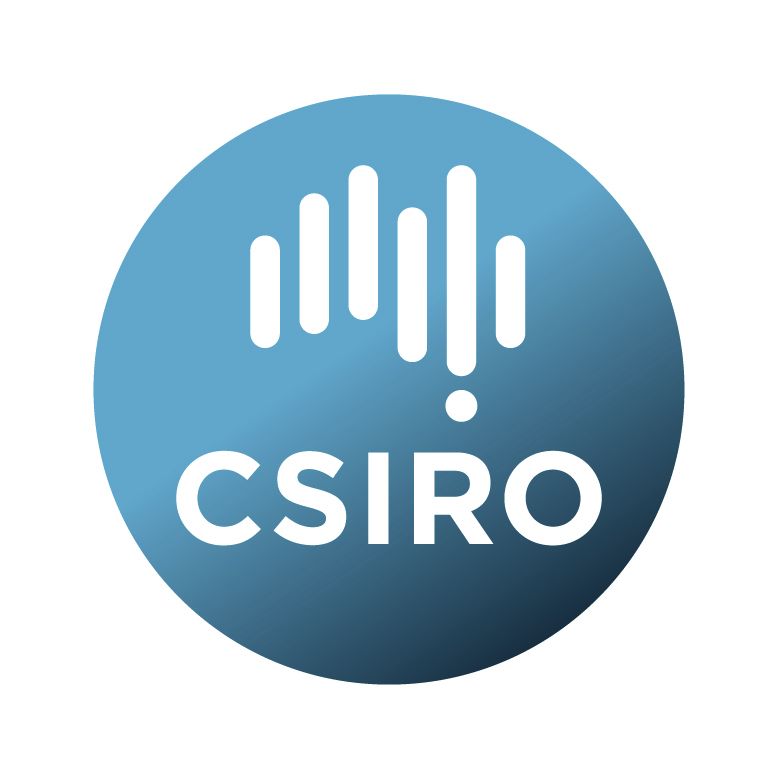Brief description
This is a library of many hundreds of hours of wireless body area network (BAN) channel measurements of BAN radio channel transmit-receive link gain, featuring many different transmit-receive positions.The two VSA subfolders imply that a A National Instruments Vector Signal Analyzer (VSA) was used for the data measurements recorded in those subfolders.
The wearable radio data was captured using a NICTA developed wearable channel sounder/radio.
Please see Info.txt in sub-folders that can further describe the process, links, environment, carrier frequencies, measurement scenario, etc. for capturing body area network (BAN) channel gain data (majority on-body, but some off-body, none in-body).
Except, where otherwise indicated the measurement environment for the Wearable radio data, is "Everyday" mixed-activity data denoting a range of person-wearing-radio measurement locations.
All data is stored in Matlab binary .mat files as structs which when loaded contains one struct named "data". Most fields in the data struct, labeled 'pl*' represent a particular Tx/Rx link, containing a contiguous data-series of negative path loss in dB, which is equivalent to channel gain (magnitude) in dB.
To open the file .mat file, type load filename (whatever the file name is for the particular data) at the Matlab command prompt.
To access any field's data in the "data" struct, type data.fieldname (whatever the fieldname is) at the Matlab command prompt.
In the VSA folders all fields are the BAN Tx/Rx link data,
whereas in the wearable_radio folders the first three fields, which are the same for all data in these folders are:
-carrier_frequency (in Hz)
-fs (packets per second across whole wearable radio network being measured - not necessarily the channel gain sampling rate for a particular link, please see relevant "info.txt" in each particular sub-folder for more details) and
-tx_power in dBm.
Across all measurements there were 22 adult subjects used to capture this BAN channel data. In each .mat file filename, each adult subject is referred to anonymized, with gender, i.e. Male or Female, followed by a number identifier. Thus, e.g., any filename that contains "Male1" implies the BAN link data captured for the same male person accross all filenames containing "Male1", similar for "Female1", "Male2", etc...
The first 8 characters of each .mat filename refer to the date on which the particular data was collected, i.e., "20081030" implies the data was collected on 30-October-2008.
Each Tx/Rx link field in the .mat data is referred to with *_Txlocation_Rxlocation in the fieldname.
Please also note that in all of the wearable_radio data when the channel power dropped below receiver sensitivity of the wearable radio, the path loss data value is recorded as not-a-number NAN. (A NAN is generally recorded when the channel gain drops below -100 dB in the wearable radio data here).
However the measurement process for the VSA was sufficiently sensitive to capture all values of channel gain data (hence there are no NANs in this data).
Available: 2017-06-19
Subjects
Body area networks |
Channel modeling |
Communications Engineering |
Distributed Computing and Systems Software |
Engineering |
Fading channels |
Information and Computing Sciences |
Network Engineering |
Networking and Communications |
Radio propagation |
Wireless communication |
User Contributed Tags
Login to tag this record with meaningful keywords to make it easier to discover


